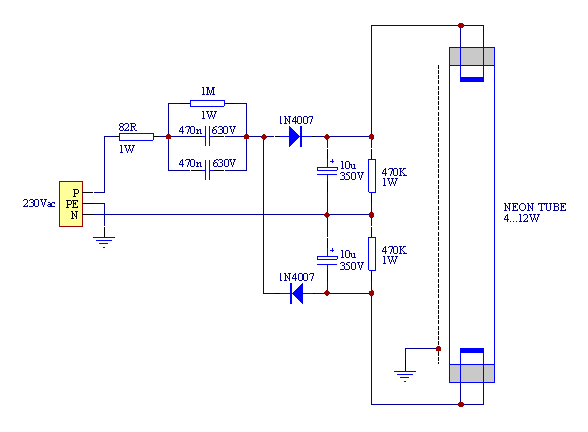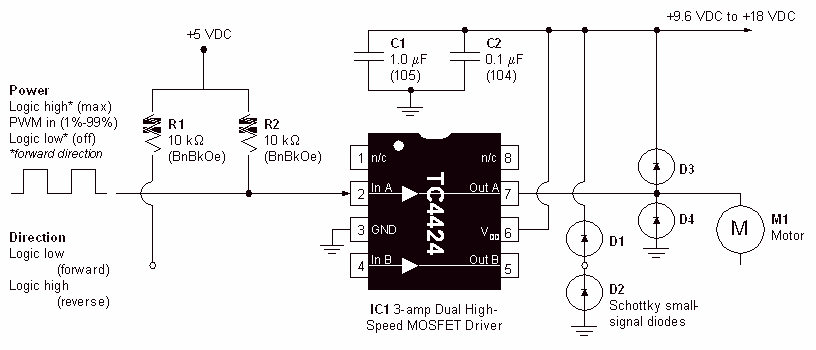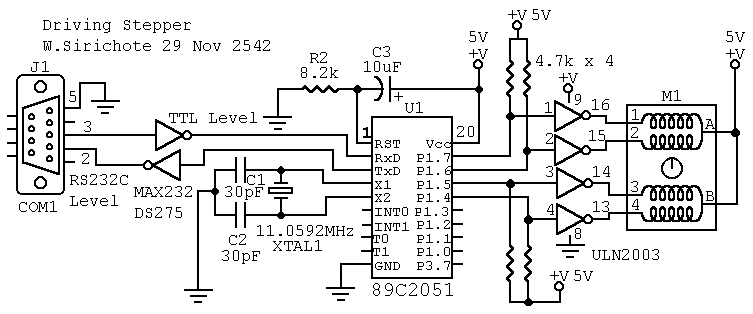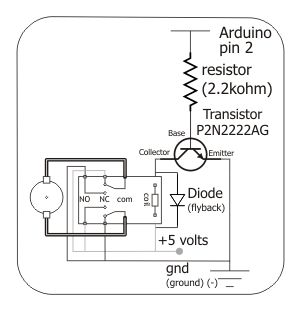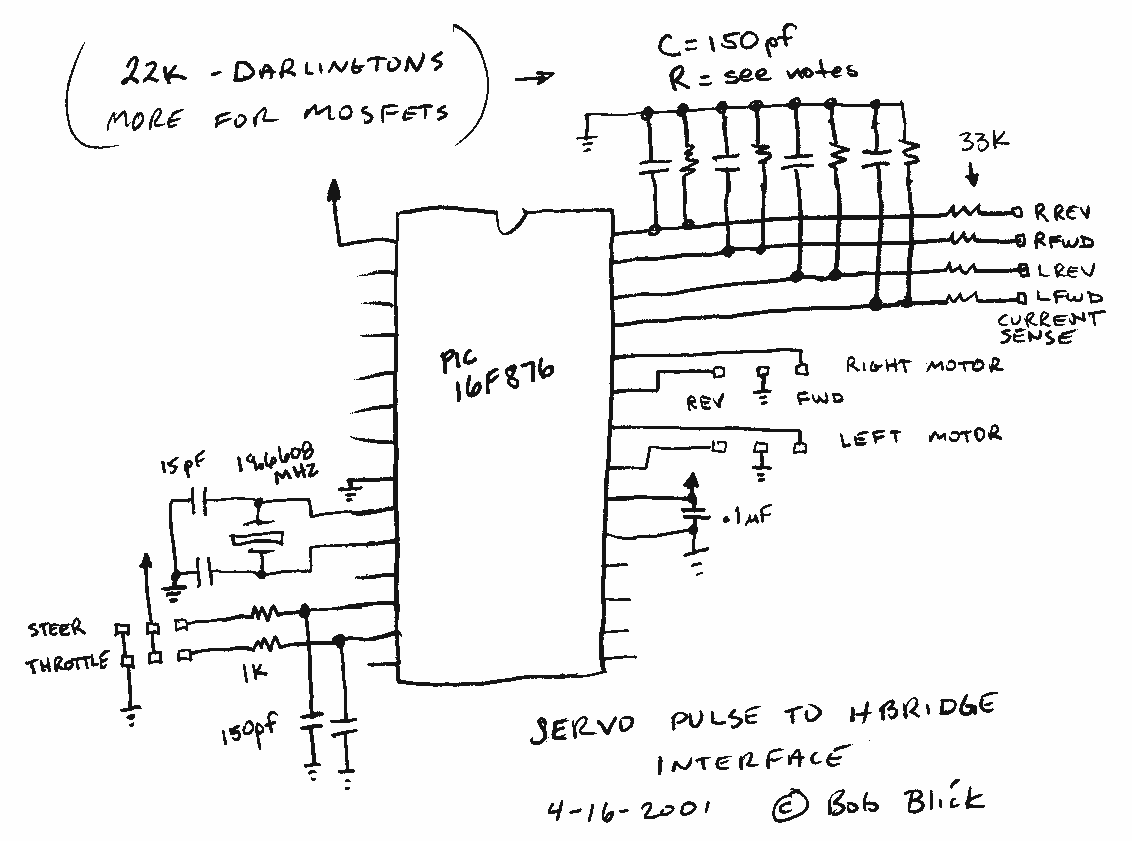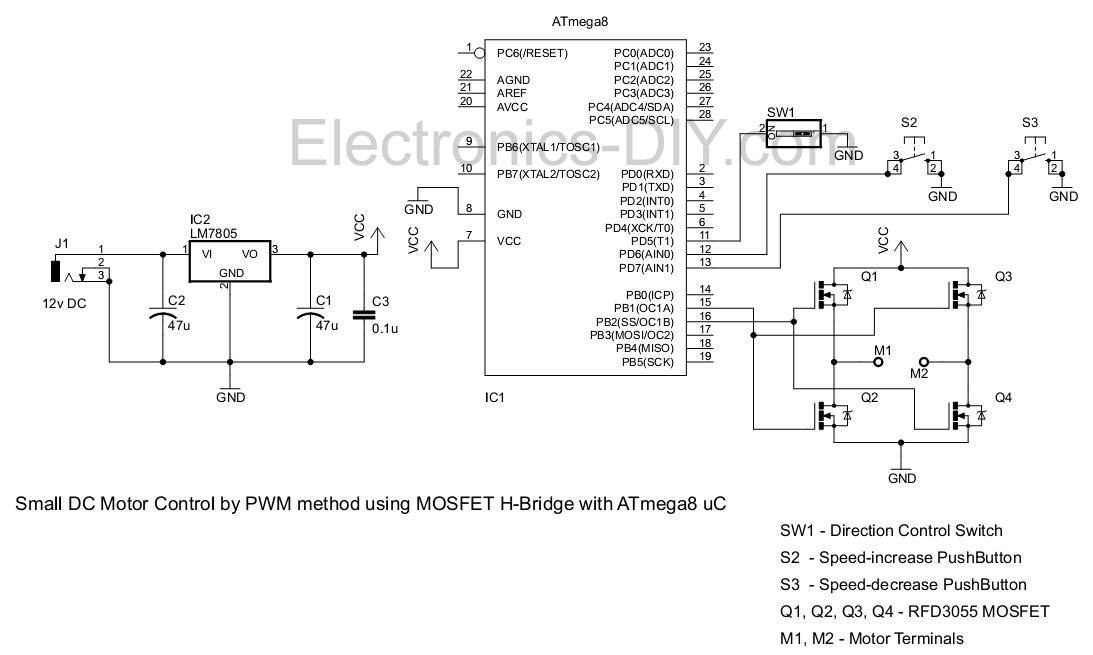
H-bridge driving problemMOSFET frequently damage

An H-bridge is being utilized with IRF740 MOSFETs to convert 315V DC to 230V AC. However, the upper MOSFETs are frequently damaged within a few seconds, and the cause of this issue has not been identified.
The described circuit employs an H-bridge configuration using IRF740 MOSFETs to achieve DC to AC conversion. The H-bridge consists of four MOSFETs arranged in a bridge topology, allowing for the reversal of current direction through the load, thus generating an alternating current (AC) output from a direct current (DC) source. In this case, the input voltage is 315V DC, and the desired output is 230V AC.
The IRF740 is a high-voltage N-channel MOSFET with a maximum drain-source voltage of 400V and a continuous drain current rating of 9.2A. When designing circuits with such high voltages, it is crucial to ensure that the MOSFETs are adequately protected against over-voltage and over-current conditions. The frequent damage to the upper MOSFETs suggests that there may be issues related to gate drive signals, insufficient heat dissipation, or lack of protection against voltage spikes.
To mitigate these issues, several strategies can be employed. First, proper gate drive circuitry should be implemented to ensure that the MOSFETs are driven into saturation quickly and efficiently, minimizing the time they spend in the linear region where they can overheat. A gate driver IC designed for high-voltage applications may be beneficial.
Additionally, snubber circuits can be added across the MOSFETs to absorb voltage spikes that occur when the MOSFETs switch off. This can help protect the devices from transient voltages that could exceed their maximum ratings. Furthermore, thermal management is essential; using heat sinks or active cooling methods can help maintain the MOSFETs within their safe operating temperature range.
Lastly, it is advisable to examine the load characteristics and ensure that the circuit is not subjected to conditions that exceed the MOSFETs' ratings. Implementing current sensing and protection circuits can help prevent excessive current from damaging the components. By addressing these factors, the reliability of the H-bridge circuit can be significantly improved, reducing the likelihood of MOSFET failure.I`m using H-bridge with IRF740 (MOSFET) to convert 315VDC to 230VAC. But the upper mosfets are frequently get damage within few seconds. I can`t find.. 🔗 External reference
The described circuit employs an H-bridge configuration using IRF740 MOSFETs to achieve DC to AC conversion. The H-bridge consists of four MOSFETs arranged in a bridge topology, allowing for the reversal of current direction through the load, thus generating an alternating current (AC) output from a direct current (DC) source. In this case, the input voltage is 315V DC, and the desired output is 230V AC.
The IRF740 is a high-voltage N-channel MOSFET with a maximum drain-source voltage of 400V and a continuous drain current rating of 9.2A. When designing circuits with such high voltages, it is crucial to ensure that the MOSFETs are adequately protected against over-voltage and over-current conditions. The frequent damage to the upper MOSFETs suggests that there may be issues related to gate drive signals, insufficient heat dissipation, or lack of protection against voltage spikes.
To mitigate these issues, several strategies can be employed. First, proper gate drive circuitry should be implemented to ensure that the MOSFETs are driven into saturation quickly and efficiently, minimizing the time they spend in the linear region where they can overheat. A gate driver IC designed for high-voltage applications may be beneficial.
Additionally, snubber circuits can be added across the MOSFETs to absorb voltage spikes that occur when the MOSFETs switch off. This can help protect the devices from transient voltages that could exceed their maximum ratings. Furthermore, thermal management is essential; using heat sinks or active cooling methods can help maintain the MOSFETs within their safe operating temperature range.
Lastly, it is advisable to examine the load characteristics and ensure that the circuit is not subjected to conditions that exceed the MOSFETs' ratings. Implementing current sensing and protection circuits can help prevent excessive current from damaging the components. By addressing these factors, the reliability of the H-bridge circuit can be significantly improved, reducing the likelihood of MOSFET failure.I`m using H-bridge with IRF740 (MOSFET) to convert 315VDC to 230VAC. But the upper mosfets are frequently get damage within few seconds. I can`t find.. 🔗 External reference
Warning: include(partials/cookie-banner.php): Failed to open stream: Permission denied in /var/www/html/nextgr/view-circuit.php on line 713
Warning: include(): Failed opening 'partials/cookie-banner.php' for inclusion (include_path='.:/usr/share/php') in /var/www/html/nextgr/view-circuit.php on line 713
